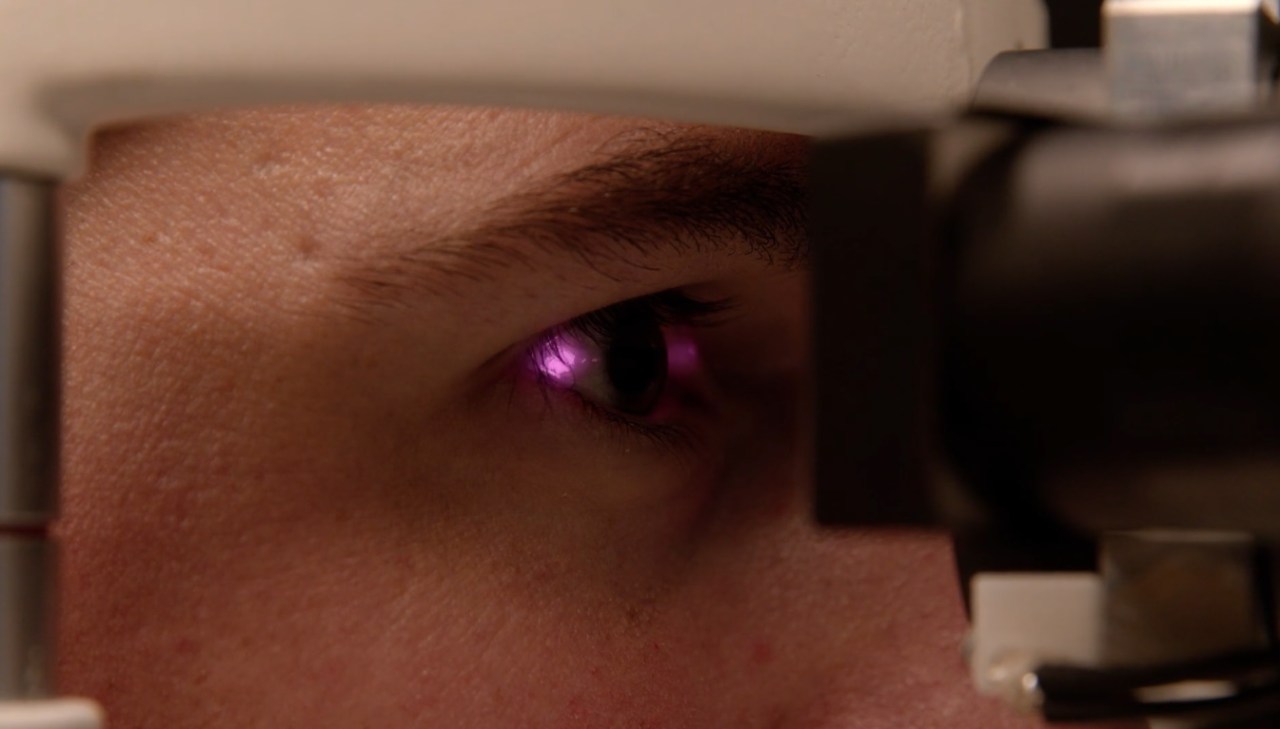The world is undergoing extraordinary changes as research and technology driven by the COVID-19 pandemic capture the spotlight. Yet, amid this fervent activity, significant advancements in other medical and technological fields persist and demand attention. This blog post explores some remarkable innovations, from improving cardiac care with ultrasound technology to the use of AI in weather prediction and assistive exoskeletons, showcasing the resilience and ingenuity of researchers and scientists around the globe.
Harnessing Ultrasound for Cardiac Innovations
Arrhythmias, which affect millions, can lead to serious health complications, including sudden death. Traditionally diagnosed using electrocardiograms (ECGs), new research suggests augmenting this method with advanced ultrasound techniques could revolutionize how we approach heart health. Researchers at Columbia University have introduced Electromechanical Wave Imaging, a pioneering ultrasound technique that crafts 3D animations of a patient’s heartbeat. This innovation allows specialists to accurately predict arrhythmia locations in a staggering 96% of cases, compared to 71% with traditional ECGs.
Similarly, Stanford University is integrating deep learning with ultrasound imagery to enhance cardiac assessments. An AI, known as EchoNet, can analyze the heart’s movement and efficiency with accuracy that rivals human experts. These technologies underscore a promising trend where AI tools aim not to replace medical professionals, but to enhance diagnostic capabilities while optimizing patient care.
Advanced Techniques in Eye Health
Macular degeneration is another condition that requires early detection to mitigate its debilitating effects. Researchers at the École polytechnique fédérale de Lausanne (EPFL) have developed an innovative imaging technique that shines light from an angle through the eye’s white sclera to observe the retina at a cellular level. This unique approach allows the identification of potential degenerative changes long before noticeable vision loss occurs, presenting a groundbreaking opportunity for proactive eye care. EarlySight, the spinoff company founded to market this technology, aims to make this early detection widely accessible.
AI-Enhanced Weather Prediction
In an era where climate-related disasters are increasingly prevalent, accurate weather forecasting is essential. Google has ventured into this space with their groundbreaking “neural weather model,” MetNet. Unlike traditional meteorological models that rely on physical understanding of weather phenomena, MetNet observes and learns from extensive radar data, recognizing patterns and correlations to predict weather with improved speed and accuracy. It generates probabilistic forecasts, giving an insightful snapshot of potential weather conditions and bringing us closer to real-time predictive capabilities.
Groundbreaking Solutions for War-Torn Areas
Ending the legacy of war is a daunting challenge, particularly in regions like Cambodia, where unexploded ordnance remains a haunting threat. Researchers at Ohio State University have harnessed computer vision to identify bomb craters through satellite imagery. This technology analyzes and filters potential locations, enabling aid organizations to prioritize cleanup efforts effectively and save lives. By combining innovative algorithms with human oversight, this initiative provides a practical solution for addressing the aftermath of conflict.
Boosting Running Efficiency with Exoskeletons
The advent of assistive exoskeletons signifies exciting advancements in mobility technology, particularly for individuals with disabilities. A project at Stanford aims to enhance running efficiency through a mechanism that provides powered assistance to a runner’s calf muscles. Early results suggest a significant increase in the effortless energy exertion required during running. With real-world applications already underway, this technology holds promise for improving mobility in broader contexts.
Interconnecting Innovations for a Brighter Future
The innovations discussed here highlight the vibrant progress occurring in various fields, with implications that extend far beyond the pandemic. Advancements in ultrasound technology, AI applications in weather prediction, solutions for post-war trauma, and enhancements in mobility are converging to create a brighter, healthier future for individuals worldwide. At fxis.ai, we believe that such advancements are crucial for the future of AI, as they enable more comprehensive and effective solutions. Our team is continually exploring new methodologies to push the envelope in artificial intelligence, ensuring that our clients benefit from the latest technological innovations.
For more insights, updates, or to collaborate on AI development projects, stay connected with fxis.ai.

